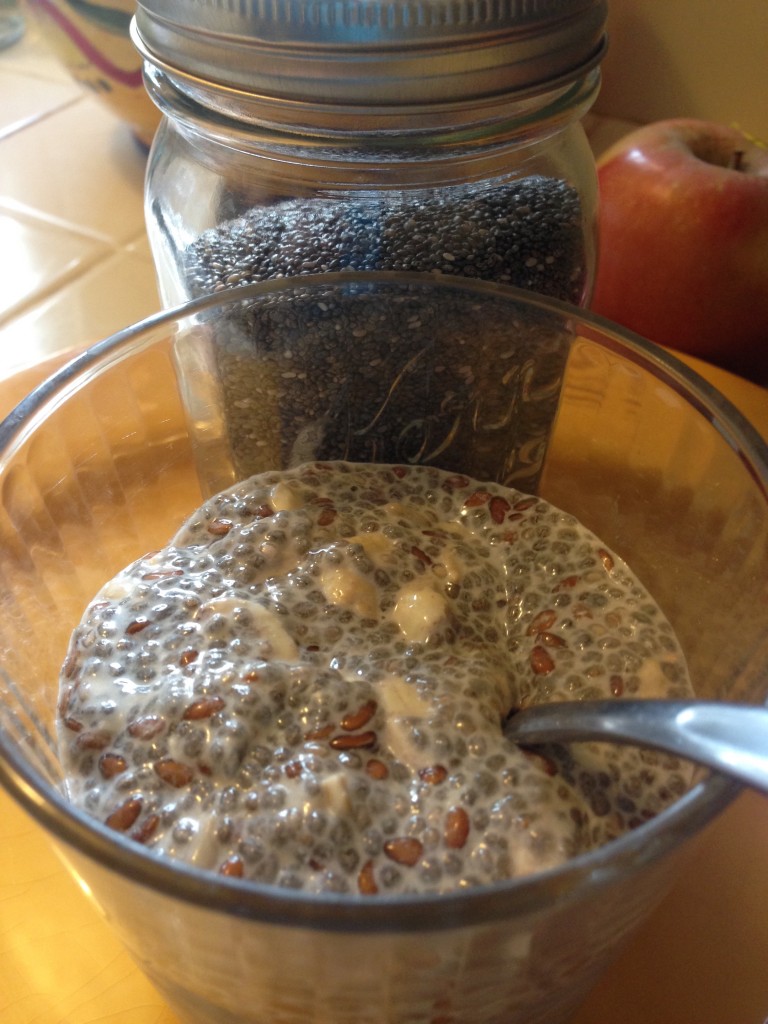Life on a Farm is part of DirectionThree: how our Earth’s health affects our health and vice versa.
Kids love this Life on a Farm lesson. If we teach this in the morning, we might make a veggie scramble with farm fresh eggs. If this is part of a farm tour that’s even better; purchase some goods from the farm and have a no recipe- recipe when you return to class.
Life on a Farm: Then and Now
In the 1930’s, a family farm raised several kinds of animals, selling some and butchering a few to feed their family. Other animals were a source of income and food. Cows provided milk and meat, while chickens provided eggs and meat.
Horses and mules were used to plow, plant and harvest the crops. Tractors were beginning to replace horses, but even by 1940 only 23 percent of the nation’s farmers had tractors. As more farmers traded their horses for tractors, they planted their rows of corn and other crops closer together. Instead of rows that were wide enough for a horse to walk through (42 inches), the rows were 30 inches apart. Production increased.
In 1900, almost all farms – 98 percent – had chickens, 82 percent grew corn for grain, 80 percent had at least one milk cow, and pigs. Most of the farms were diversified, growing multiple crops and raising various animals.
By 1992, only 4 percent of farms reported having chickens, 8 percent had milk cows, 10 percent had pigs and only 25 percent were growing corn.
Grasshoppers were picked by hand in the fall. Farmers used manure from farm animals, gypsum, ground animal bones and crop residue to fertilize their fields.
Today, more than 98 percent of the U.S. farmland planted in corn is chemically fertilized.
Pesticide residues from industrial agriculture enter our bodies through food, water, and air, and they raise risks for certain cancers as well as reproductive and endocrine system disorders
1 billion pounds of pesticides are used per year in the U.S.
35 percent of food is contaminated with pesticides
5 billion pounds of pesticides are used per year worldwide
Federal agricultural programs launched during the 1930s changed how and what farmers planted by paying them to plant certain crops or paying them not to produce a crop at all and allow the land to rest or lie fallow. Farmers who signed up for federal programs agreed to limit the number of acres planted with corn and wheat which depleted the soil, and increased the number of acres with legumes and grasses which helped renew the soil.
Farmers began rotating their crops on a regular basis in the 1930s, but the practice lost popularity as farms got larger and specialized equipment became more expensive and needed to be kept in use. Farmers now concentrate on growing just one crop such as corn, soybeans, or wheat.
In the 1940’s, America entered World War II. More and more farm workers left for the cities or serve in the military, and a tractor became the only way to get things done on the farm. The beginning of the war coincided with the end of the 1930s drought, but farmers remembered the dry years and irrigation systems were built.
There was greater demand for farm products; American farmers were feeding the world. The war effort produced new technologies that revolutionized agriculture and effected urban and rural life. New technology created a dramatic increase in productivity as farmers could do much more work in fewer hours.
- Post-WWII fertilizer production has increased yields, but also nitrogen and phosphorous pollution.
- High resource use (soil, water, energy, etc.)
- Environmental consequences and changes include land and water degradation, pollution by fertilizers and pesticides and soil loss.
- Artificially inexpensive fuel and water
- Agricultural subsidies (the farm bill)
- USDA has dueling roles: To promote U.S. agricultural products and to offer nutrition education.
- Threatened biodiversity
One of the continuing themes of American agriculture in the 20th century was a decline in the number of farms, farmers and rural residents coupled with an increase in farm size and specialization.
In the 1950’s to the 1970’s the number of farm declined by half before leveling off. More farms were consolidated or sold during this period than in any other period in our history. The number of people on farms dropped from over 20 million in 1950 to less than 10 million in 1970. The average size of farms went from around 205 acres in 1950 to almost 400 acres in 1969.
- · In 1900, 41 percent of workforce employed in agriculture
- · In 1930, 21.5 percent of workforce employed in agriculture;
Agricultural GDP as a share of total GDP, 7.7 percent - · In 1945, 16 percent of the total labor force employed in agriculture;
Agricultural GDP as a share of total GDP, 6.8 percent - In 1970, 4 percent of employed labor force worked in agricultureSource: Compiled by Economic Research Service, USDA. Share of workforce employed in agriculture, for 1900-1970, Historical Statistics of the United States; for 2000, calculated using data from Census of Population; agricultural GDP as part of total GDP, calculated using data from the Bureau of Economic Analysis.
Land in farms peaked in 1950 at 1.2 billion acres. Today, land in farms has dropped to around 0.95 billion acres. Most of the lost farmland was converted to suburban and urban sprawl. However, land that is devoted to actually raising crops has remained relatively constant. In other words, as some farmland is taken out of production, farmers convert other land from pasture or lands once considered marginal for crops into cropland by installing irrigation systems, and applying fertilizers and pesticides.












